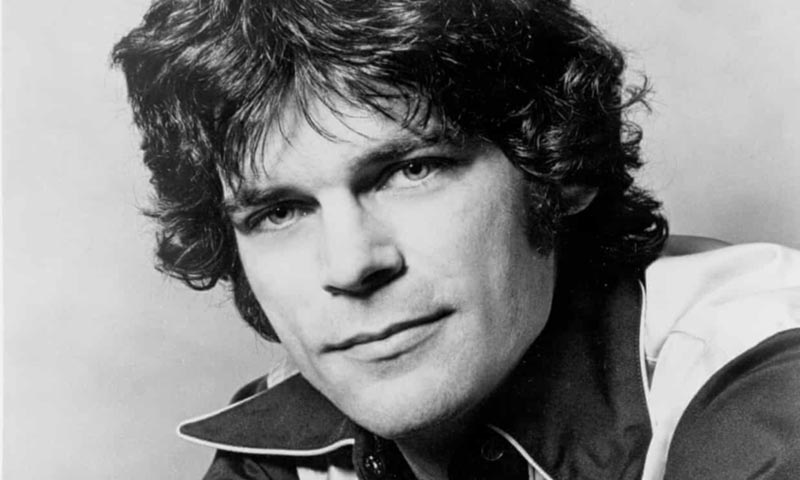
A Timeless Ode to Profound Solitude and Heartache
There are songs that simply exist, and then there are those rare compositions that seep into the very marrow of your being, becoming an unspoken soundtrack to life’s quietest, most vulnerable moments. B.J. Thomas’s iconic rendition of “I’m So Lonesome I Could Cry” is unequivocally one of the latter. Released in 1966, this poignant lament found an immediate and profound resonance with audiences, soaring to No. 8 on the Billboard Hot 100 and becoming a signature piece in Thomas’s burgeoning career. For many of us who remember its debut, it wasn’t just a hit; it was a deeply felt experience, a melancholic whisper that articulated the inexpressible ache of loneliness.
While B.J. Thomas undeniably brought this masterpiece to a wider, more pop-oriented audience with his smooth, earnest delivery, it’s crucial to acknowledge the towering figure who first breathed life into its sorrowful verses: the legendary Hank Williams. Williams penned and released “I’m So Lonesome I Could Cry” in 1949, a raw, unvarnished confession of despair that cemented its place as one of country music’s most enduring and influential compositions. Written during a period of immense personal turmoil for Williams, often cited as a reflection of his tumultuous relationship with Audrey Williams, the song poured forth from a wellspring of genuine anguish. Its lyrics are a masterclass in evocative imagery, painting a desolate landscape that perfectly mirrors the singer’s internal world: “Hear that lonesome whippoorwill / He sounds too blue to fly,” and “The silence of a falling star / Lights up a purple sky.” These aren’t just lines; they are brushstrokes of a soul in profound isolation.
B.J. Thomas approached this hallowed ground with a respect and tenderness that allowed his version to stand not as a mere imitation, but as a compelling reinterpretation. His rich, almost velvet voice, imbued with a palpable sincerity, stripped away some of the raw, guttural country edge of Williams’s original, yet somehow amplified its emotional weight. Thomas’s performance transformed the song into a universal ballad of heartbreak, transcending genre boundaries and appealing to listeners who might never have delved into classic country. His gentle phrasing and the subtle inflections in his voice conveyed a deep, aching vulnerability that struck a raw nerve, reminding us all of moments when the world felt too vast and our own hearts too small. It was a bridge between the stark authenticity of traditional country and the burgeoning sophistication of 1960s pop, proving that true emotion knows no stylistic confines.
The meaning of “I’m So Lonesome I Could Cry” transcends simple sadness; it delves into the very essence of existential loneliness. It’s a song about a solitude so profound that it permeates every fiber of one’s being, coloring the perception of the world around them. The train’s whistle becomes a mournful cry, the whippoorwill’s song a lament, and even the robin’s joy is seen through a veil of personal despair. It’s a powerful testament to how deeply our internal states can influence our external reality. For many of us who have weathered life’s storms, the song evokes a deep sense of shared experience, conjuring memories of lost loves, unfulfilled dreams, or simply those quiet, reflective moments when the weight of the world felt almost unbearable. It’s a reminder that even in our deepest moments of isolation, we are connected by the universal human capacity for sorrow and the profound beauty of music that dares to articulate it. This song doesn’t just describe loneliness; it feels like loneliness, a haunting echo that resonates long after the final notes fade, inviting us to reflect on our own journeys and the enduring power of a melody that truly understands the human heart.